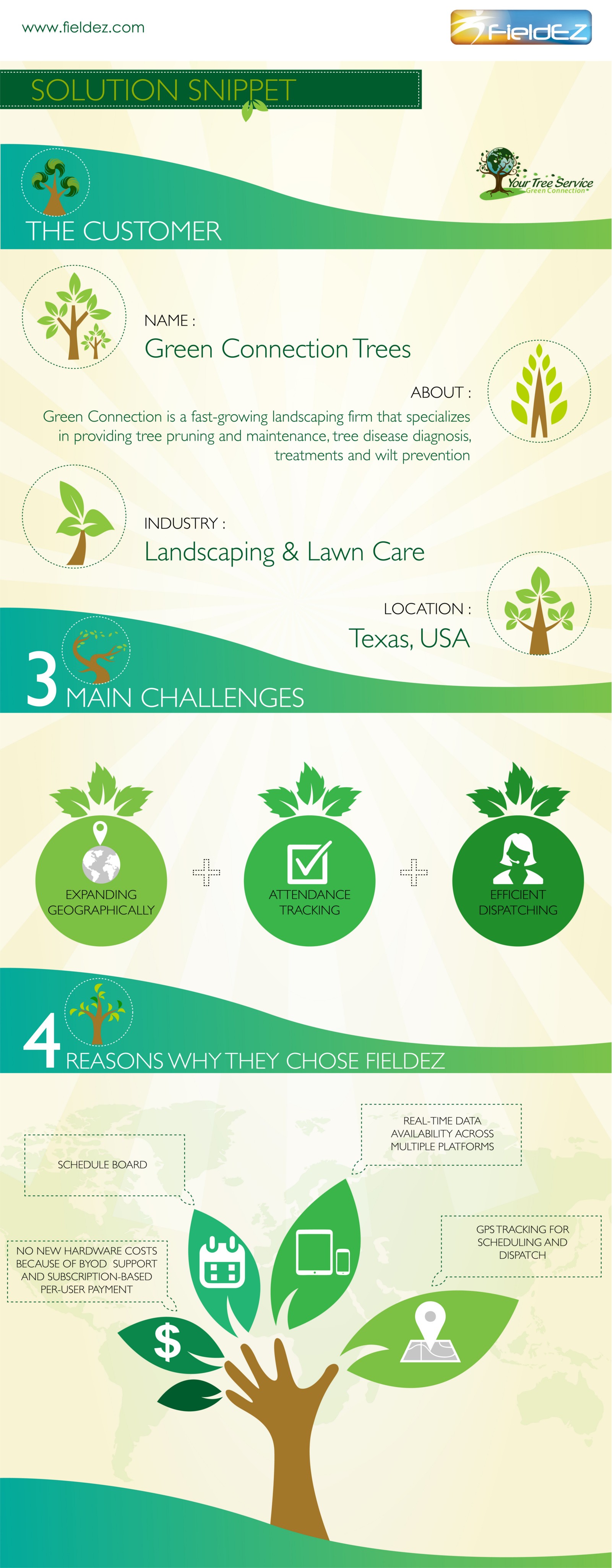Tree Removal Aftercare: Ideal Practices For Landscape Healing
Tree Removal Aftercare: Ideal Practices For Landscape Healing
Blog Article
Article Created By-Wilcox Cochrane
After a tree's removal, your landscape may look fairly different, and it's essential to evaluate the aftermath thoroughly. You'll wish to assess the dirt disruption and examine bordering plants for any type of indications of stress and anxiety. Ignoring How To Trim Mesquite Trees can result in larger problems down the line. So, what should you make with those stumps and roots? And exactly how do you select the most effective plants for your revitalized space? Let's explore these vital steps.
Evaluating the Consequences: Reviewing Your Landscape
After a tree removal, it's crucial to analyze your landscape to understand the effect it carries your yard.
Beginning by examining the location where the tree stood. Look for indications of soil disturbance, and check the bordering plants for any type of stress or damage.
You must also make note of how the elimination has transformed sunshine direct exposure and air flow in your yard. This change can affect the growth of nearby plants, so it's essential to examine their health.
Consider the aesthetic facets as well; the removal could create an open space that you can upgrade.
Lastly, think about any possible disintegration issues that could occur from the tree's lack. Dealing with these variables early will help bring back balance to your landscape.
Taking care of Stumps and Roots: Choices for Removal
Once you have actually evaluated the results of the tree elimination, you'll likely require to deal with the stump and roots left behind.
You have a few alternatives for elimination. One effective technique is stump grinding, where a professional makes use of a device to grind the stump to below ground degree. This technique leaves very little disruption to your landscape.
If you favor a do it yourself technique, you can utilize a combination of excavating and chemical stump removers. Just keep in mind, this process can require time and effort.
Additionally, take into consideration leaving the stump as an all-natural function, which can work as a distinct garden element or habitat for wild animals.
Whatever you select, addressing the stump and roots is vital for restoring your landscape.
Picking the Right Plant Kingdoms for Your New Space
As you examine your freshly removed space, selecting the right plants can substantially boost your landscape's elegance and capability.
Beginning by thinking about the sunshine and dirt problems. For sunny areas, choose drought-resistant plants like lavender or succulents. In shaded places, brushes and hostas grow well.
Think about the dimension and growth behaviors of your plants; mix perennials and annuals for seasonal variety. Don't neglect to incorporate indigenous species; they require much less maintenance and support neighborhood wild animals.
Group plants in weird numbers for a more natural look and develop layers for aesthetic deepness.
Lastly, guarantee you have a mix of shades and textures to keep your landscape vivid throughout the periods.
Satisfied growing!
Conclusion
To conclude, recovering your landscape after tree elimination is a satisfying process. By assessing the results, resolving stumps and roots, and picking the right plants, you'll produce a flourishing environment. Do not fail to remember to include erosion control procedures to protect your dirt. With https://thedailychronicle.in/news/2409488/trending-now-call-center-platforms-market-dynamics-positioning-segmentations-competitive-landscaping-and-benchmarking-opportunity-analysis-economic-forecasting-and-impact-of-covid-19-analysis/ and care, you can change your area into a lively garden that boosts your building. Welcome the possibility to renew your landscape and delight in the beauty of nature right in your yard!
